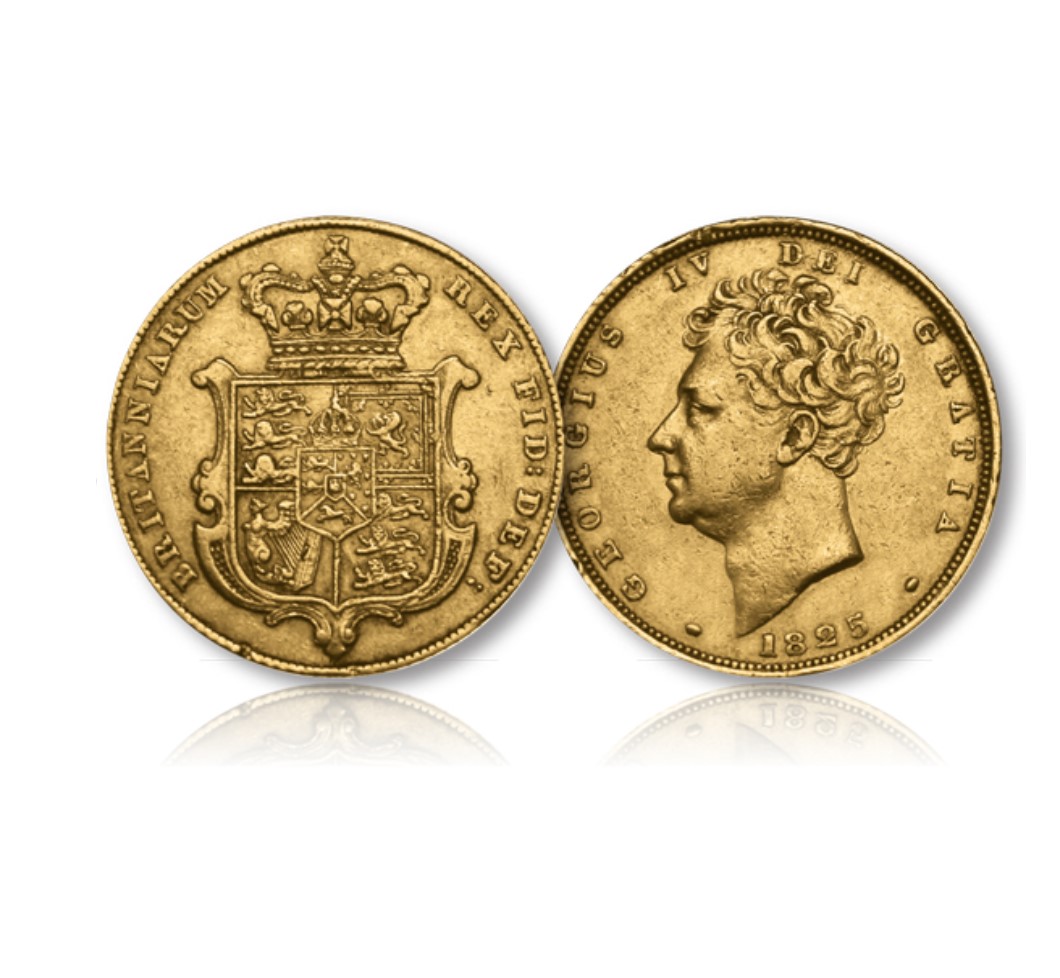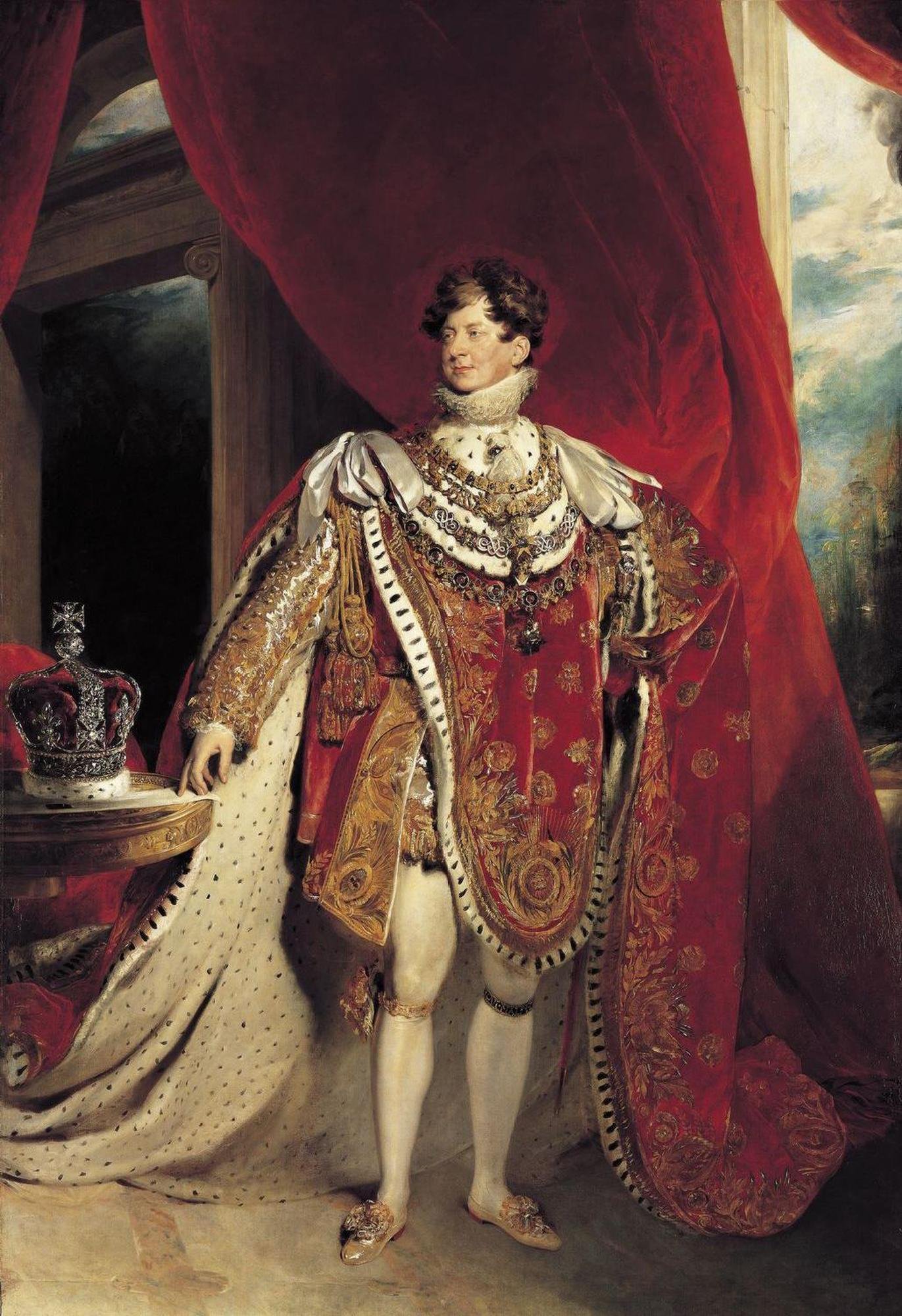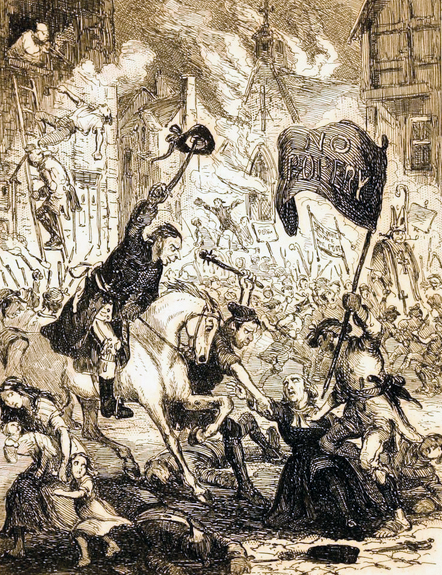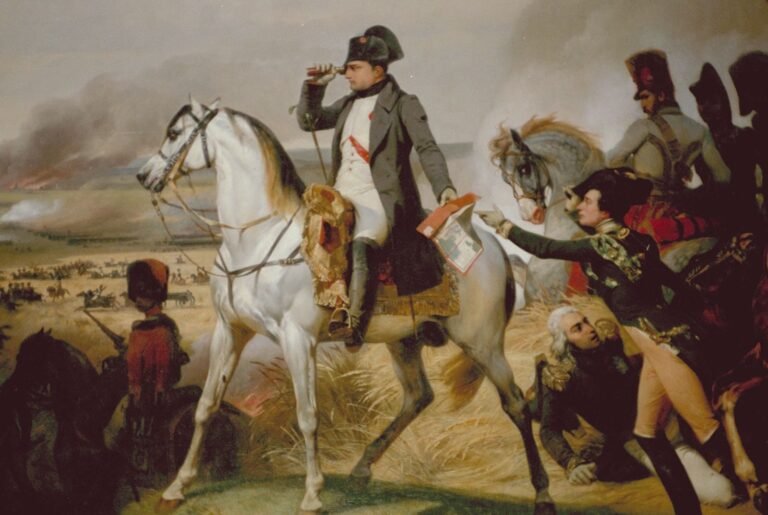King George IV, a monarch known for his extravagant lifestyle, ruled the United Kingdom from 1820 to 1830. His reign was marked by significant cultural and political changes that left a lasting impact on British history.
King George IV was not just a ruler but also a patron of the arts and architecture. His love for luxury and opulence defined his era, influencing fashion, design, and even politics. Despite facing criticism for his lavish spending and personal scandals, he managed to leave a legacy that continues to intrigue historians and enthusiasts alike.
In this blog post, we will explore the life and times of King George IV, shedding light on his contributions and controversies. Understanding his reign helps us appreciate a pivotal period in British history.
Early Life
King George IV, a notable figure in British history, led an eventful life. His early years shaped his future reign and influenced his role as a monarch. Let’s explore his beginnings.
Birth And Family
George Augustus Frederick was born on August 12, 1762. He was the eldest son of King George III and Queen Charlotte. His birth marked him as the future king of Great Britain. The royal family was large, with George having 14 siblings. His parents had high expectations for him. They hoped he would become a strong leader.
Education And Upbringing
George’s education began at an early age. He was tutored by many renowned scholars. His studies included languages, history, and the arts. Despite his intellectual pursuits, George often rebelled against strict rules. He preferred a life of leisure and pleasure.
As he grew older, his rebellious nature became more evident. He developed a reputation for extravagance. His upbringing in the royal court exposed him to the finest luxuries. This lifestyle influenced his future decisions as king.

Credit: www.worldhistory.org
Rise To Power
King George IV, known for his extravagant lifestyle, played a significant role in British history. His ascent to power was marked by notable events and challenges. This section explores the key moments of his rise, focusing on his time as Prince Regent and the difficulties he faced during the Regency.
Becoming Prince Regent
In 1811, King George III’s mental health worsened. Parliament decided to appoint his son, George IV, as Prince Regent. At this time, George IV was 48 years old. His role was to act as king in all but name. The Regency era began and lasted until 1820. This period saw significant changes in British society and politics.
Challenges Of Regency
George IV faced many challenges during his Regency. One significant issue was the Napoleonic Wars. Britain was at war with Napoleon’s France, which drained the country’s resources. George IV had to navigate these turbulent times while managing internal affairs.
Another challenge was his extravagant spending. His lavish lifestyle and debts caused public discontent. He was known for his love of art and architecture, which led to significant financial issues. Parliament often had to intervene to manage his debts.
Finally, George IV dealt with political unrest. The Regency period saw the rise of political movements demanding reform. These movements sought changes in parliamentary representation and workers’ rights. George IV had to balance these demands while maintaining stability.
Despite these challenges, George IV’s Regency laid the groundwork for his eventual reign as king. His time as Prince Regent was marked by both turmoil and transformation in British history.
Controversial Reign
King George IV’s reign remains one of the most controversial periods in British history. Known for his flamboyant lifestyle and numerous scandals, his time as king sparked much debate. This section delves into the most notorious aspects of his reign.
Scandals And Affairs
King George IV’s personal life was filled with scandals. He had numerous affairs that shocked the public. His extravagant spending and lavish parties added to his notoriety. The king’s relationship with Maria Fitzherbert, whom he married secretly, was a major scandal. The marriage was illegal due to the Royal Marriages Act.
George’s behavior strained his relationship with his father, King George III. The public viewed his actions as irresponsible and immoral. His love for luxury and pleasure often overshadowed his royal duties. These scandals tarnished his reputation, making him a controversial figure.
Political Turmoil
King George IV’s reign was also marked by significant political turmoil. He often clashed with his ministers and Parliament. His indecisiveness and lack of interest in politics created instability. The king’s extravagant lifestyle led to financial problems for the monarchy. This caused tensions with the government and the public.
The king’s reign saw the rise of the Radical movement. This group sought political reforms and greater democracy. George’s resistance to change further fueled political unrest. His inability to connect with the people only worsened the situation. The political landscape during his reign was highly unstable, reflecting his controversial leadership.

Credit: hattonsoflondon.com
Health Issues
King George IV faced many health issues throughout his life. These issues greatly impacted his reign and personal life. This section will explore his mental health struggles and physical decline.
Mental Health Struggles
George IV struggled with mental health problems from a young age. He experienced bouts of severe depression. These episodes often left him unable to perform his royal duties.
His mental health issues were not well understood at the time. The king’s erratic behavior caused concern among his advisors and family. They worried about his ability to rule effectively.
Physical Decline
George IV also suffered from various physical ailments. He had a poor diet and was overweight. His unhealthy lifestyle led to numerous health complications.
His physical decline included issues such as gout and heart problems. These conditions often confined him to his bed for long periods. The king’s health issues worsened with age, making it difficult for him to fulfill his royal duties.
In his later years, George IV’s health severely deteriorated. He relied heavily on medication and medical treatments. Despite the best efforts of his doctors, his condition continued to decline.
Below is a summary of his major health issues:
| Health Issue | Description |
|---|---|
| Depression | Severe bouts of depression affecting his mood and duties. |
| Gout | Painful joint condition caused by poor diet and lifestyle. |
| Heart Problems | Chronic heart issues, worsening with age. |
| Obesity | Significant weight gain leading to various health complications. |
King George IV’s health issues were a significant part of his life. These challenges affected his ability to lead effectively and left a lasting impact on his reign.
Cultural Impact
King George IV, often known for his extravagant lifestyle, left a significant cultural impact during his reign. His influence extended beyond politics and into the realms of art and architecture. This section delves into his contributions and the lasting legacy he left behind.
Patron Of The Arts
King George IV was a dedicated patron of the arts. He supported many artists, musicians, and writers. His court became a hub for cultural development. George IV’s love for art led to a flourishing of creative works during his reign.
He collected numerous paintings, sculptures, and other artworks. These collections enriched the cultural heritage of Britain. Many of these pieces are now part of the Royal Collection. His patronage ensured that artists had the support they needed to create their masterpieces.
Architectural Contributions
King George IV also made significant architectural contributions. He commissioned the construction of several iconic buildings. One of his most famous projects was the Royal Pavilion in Brighton. This building showcases exotic and elaborate designs.
He also played a role in the development of Buckingham Palace. His vision transformed it into the grand residence it is today. George IV’s architectural projects reflected his taste for luxury and grandeur. These buildings remain important landmarks and attract numerous visitors.
Relationship With Family
King George IV’s relationship with his family was complex and often troubled. He faced many personal challenges and conflicts. These difficulties shaped his reign and personal life.
Marriage And Mistresses
King George IV married Caroline of Brunswick in 1795. The marriage was arranged and unhappy from the start. They lived apart for most of their marriage. George had numerous mistresses, which strained the relationship further.
| Mistress | Role in George’s Life |
|---|---|
| Maria Fitzherbert | Secretly married to George, deep emotional connection |
| Lady Jersey | Influential at court, known for her charm |
These relationships were often the subject of public scandal. They affected George’s public image and his personal happiness.
Children And Heirs
King George IV had one legitimate child, Princess Charlotte. She was born in 1796. Her tragic death in 1817 left George without a direct heir.
He also had several illegitimate children. These children did not have any claim to the throne. The lack of a direct heir created a succession crisis. This led to his brother, William IV, becoming king after George’s death.
The relationship with his daughter was strained. They had many disagreements and periods of estrangement.
- Princess Charlotte’s death was a national tragedy.
- George’s illegitimate children were not widely recognized.
- His relationship with family members was often contentious.
These family dynamics had a significant impact on George’s reign. They influenced both his personal life and his public duties.
Legacy
King George IV’s legacy is a complex tapestry of historical events and personal traits. His reign, marked by both achievements and controversies, leaves a mixed impression on history. He influenced many aspects of British life, from architecture to fashion.
Historical Reputation
King George IV is often remembered for his extravagant lifestyle. His love for art and culture left a significant mark. The construction of the Royal Pavilion in Brighton showcases his taste. Yet, his reputation suffered due to personal scandals. Many viewed him as indulgent and irresponsible. This duality shapes his historical image.
Influence On Future Monarchs
King George IV’s reign influenced future British monarchs. His appreciation for the arts set a precedent. Monarchs after him continued to support cultural endeavors. His personal life served as a cautionary tale. Future kings and queens learned from his mistakes. His focus on public image became a lesson in royal conduct.
Death And Succession
King George IV’s reign ended in a period marked by illness and decline. His final days were a struggle. The question of succession loomed large, as his health deteriorated.
Final Days
George IV spent his last days in Windsor Castle. His health had been failing for years. He suffered from obesity, gout, and cataracts. His condition worsened significantly in the spring of 1830. He spent most of his time in bed, in pain and discomfort. His doctors were unable to provide much relief. The king was largely immobile and isolated.
Despite his condition, he remained mentally alert. He continued to manage state affairs, although with great difficulty. His final days were marked by a mix of physical suffering and mental clarity. He died on June 26, 1830, at the age of 67.
George IV’s Successor
After George IV’s death, his younger brother ascended the throne. William IV, known as the “Sailor King,” became the new monarch. His reign brought a breath of fresh air to the monarchy. William IV was seen as more approachable and modest.
He inherited a country in transition. Industrialization was changing the social and economic landscape. William IV’s reign saw significant political reforms, including the Reform Act of 1832. This act extended the right to vote to more people and reshaped the British political system. William IV’s time on the throne was relatively short, but impactful.
FAQs
Who Was King George IV?
King George IV was the King of the United Kingdom from 1820 to 1830. He was the son of King George III.
What Were King George IV’s Achievements?
King George IV is known for his patronage of the arts and architecture. The Royal Pavilion in Brighton is one of his notable achievements.
How Did King George IV Influence Fashion?
King George IV was a fashion icon of his time. He popularized Regency fashion, known for its elegance and refinement.
When Did King George IV Reign?
King George IV reigned from 1820 until his death in 1830. His reign was marked by significant cultural developments.
Conclusion
King George IV was a complex and intriguing figure. His reign saw both progress and controversy. Known for his extravagant lifestyle, he left a mark on British history. Despite personal flaws, his influence on arts and architecture was notable. His era shaped many aspects of British culture.
Understanding his life helps us grasp a piece of history. Reflecting on his legacy offers insight into the period’s challenges and triumphs. King George IV remains a fascinating subject for history enthusiasts. His story continues to captivate and inspire learning about the past.








